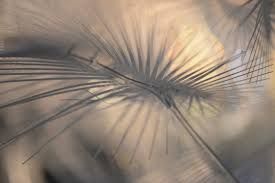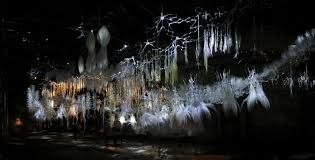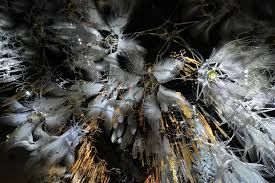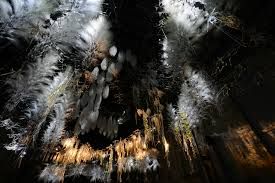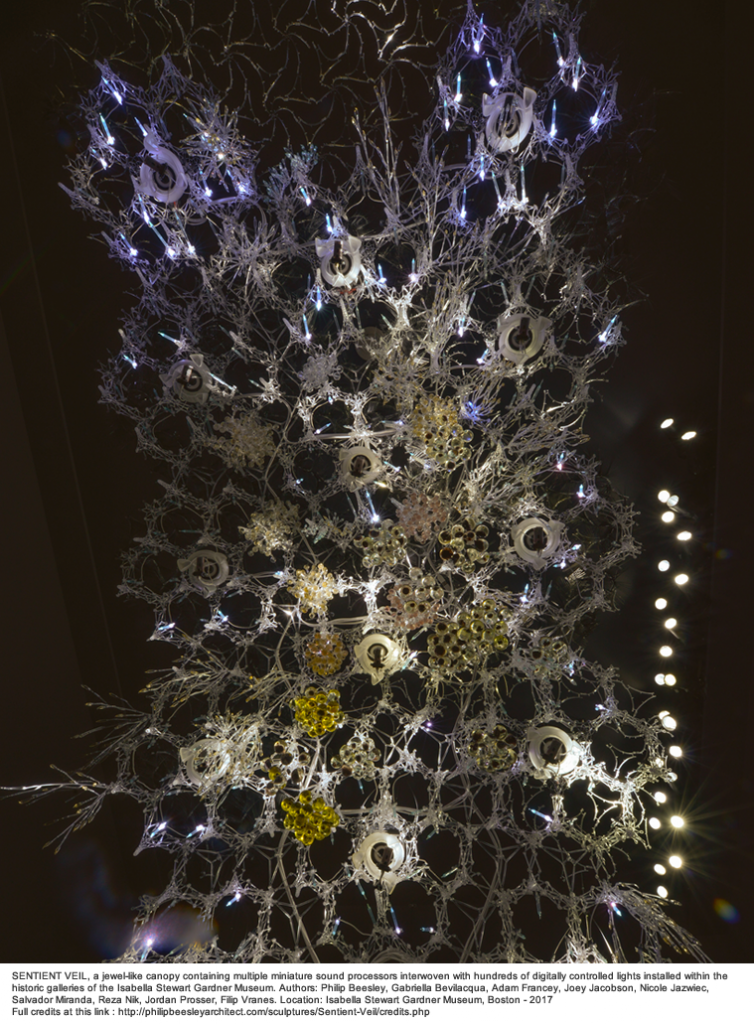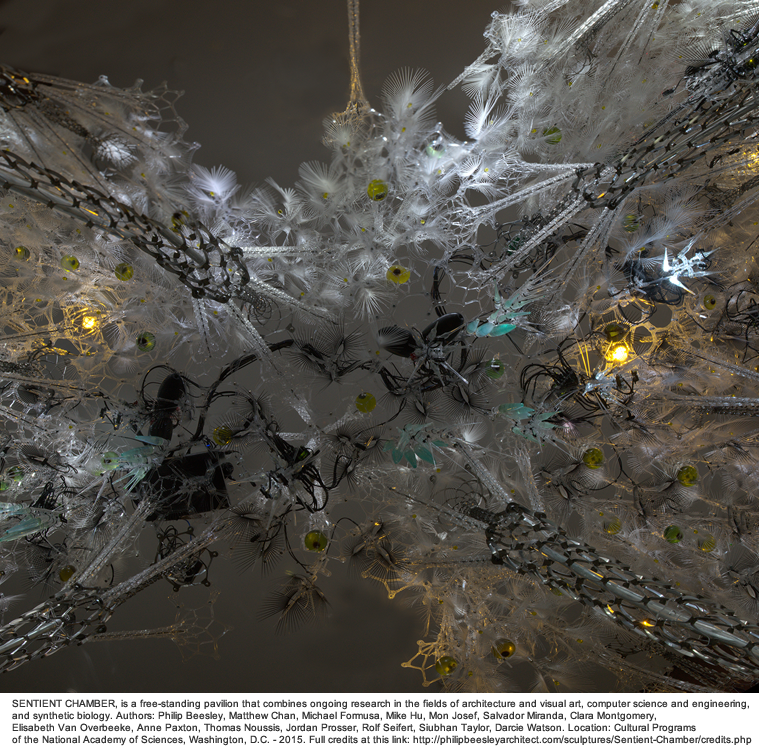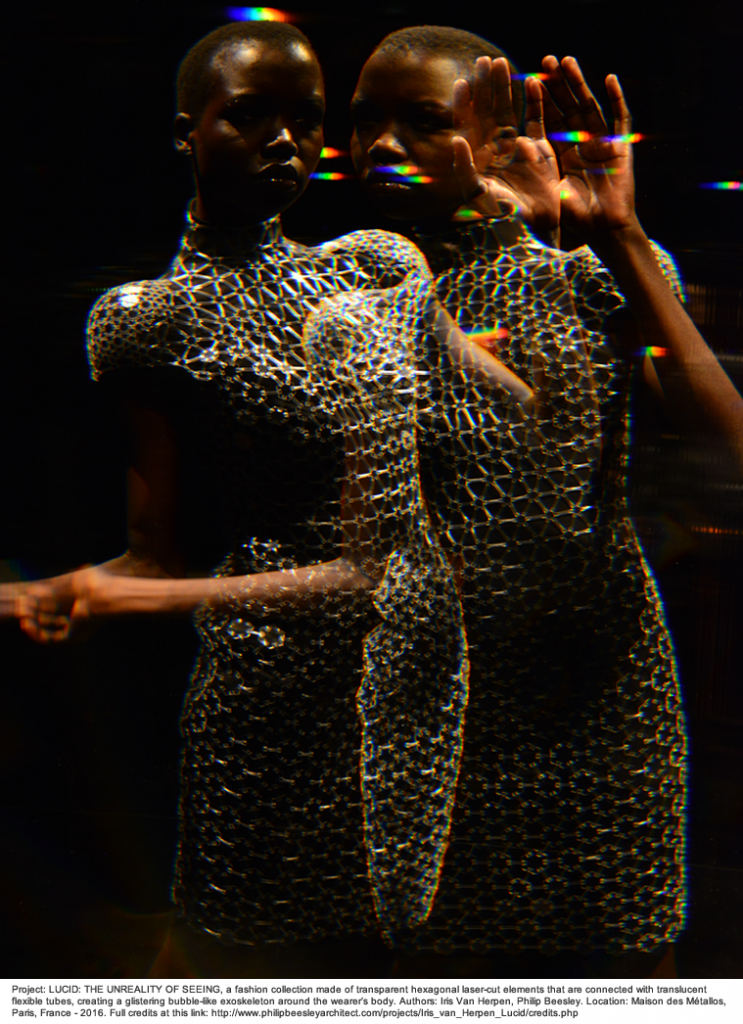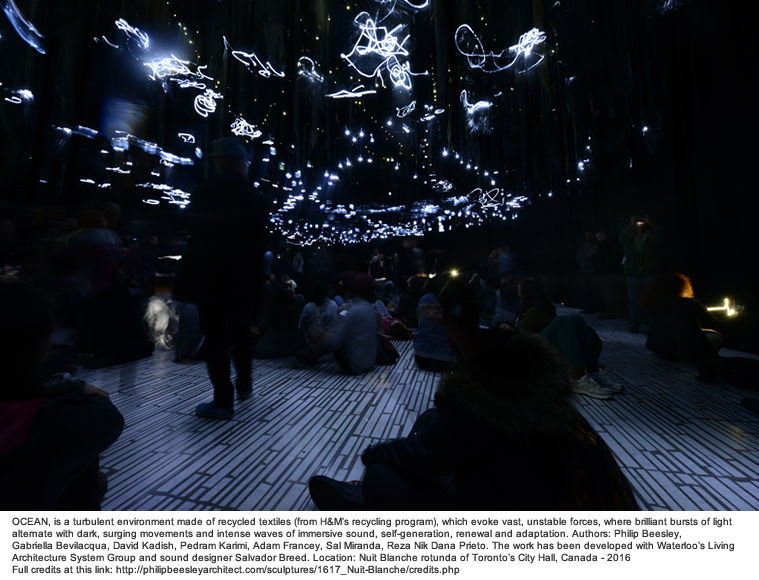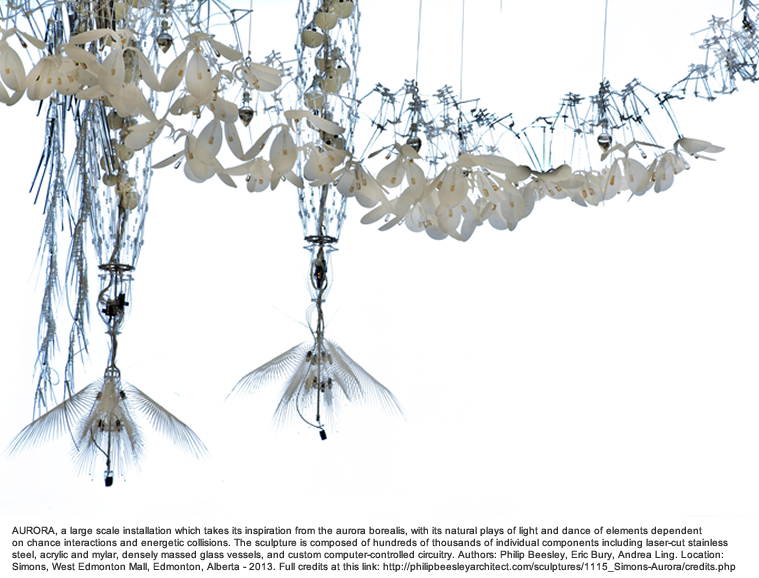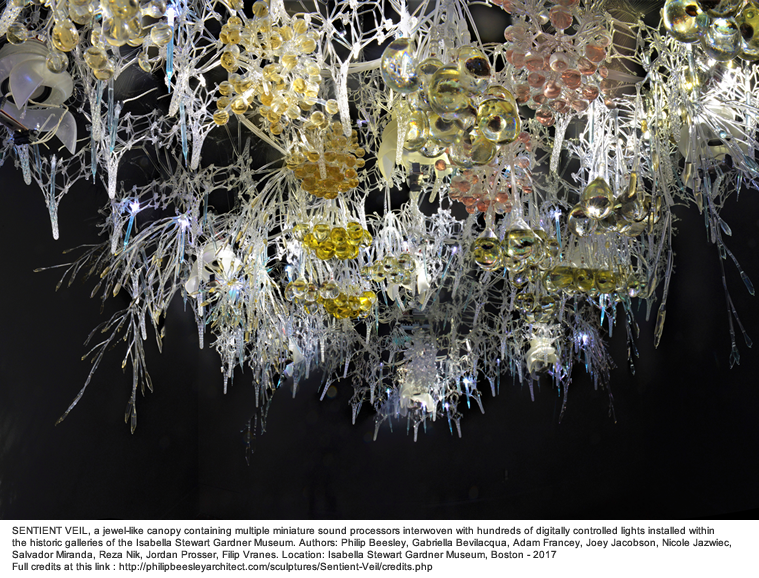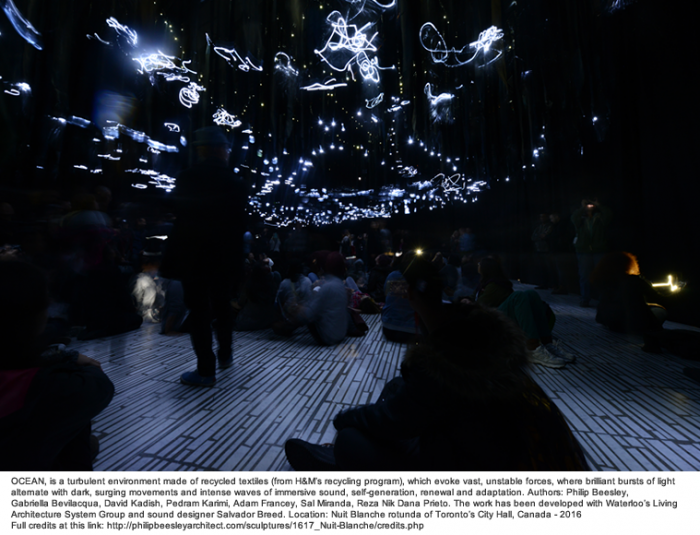Digital Organism – Sybil
What if I told you there was an responsive interface that changes nature according to your characterization, No no, I’m not talking about Artificial Intelligence that evolved to race humanity to extinction, but something that very closely resembles the unyielding, plentiful life one captures when trekking inside a rainforest, or scuba diving into coral reef.
Hylozoism: a theory that matter in some sense is alive; is the key philosophy that the Canadian artist and architect, Philip Beesley imbibes into his living organisms. This was a pet project of his that was showcased in the 18th Sydney Biennale in 2012.
Brought into a zone which served prior as a prison, this installation adds a completely different tone to the interior, devoid of its dark and despondent past.
First look, blooms an impression of a snow laden rainforest in pursuit of celebrating an early Christmas altogether.
The canopy is a ceiling hung installation with fusion of chemical, fabric, electrical, electronic and eclectic aesthetics that coexist as a singular network of passive beauty. A chandelier with the exception of constant lighting of an interior space.
The concept in theory is Hylozoism and the architect has in all spheres has done justice to that thought as a whole.
As one comes close to the installation, they can see myriad of fragile elements, which if one, as a child, is mischievous enough to experiment on, would be able to experience the wonder, awe and amusing fright to which this canopy deems to project.
Design is eccentrically mixed with chemistry to develop the sweetness of the scent integrated into the environment. These scents are emanated from glass glands that contain clear, colored and even slimy liquids inside them, prodding visitors to subconsciously float toward the installation.
The eerily white branches or “actuated filters” bend upon sensing proximity like the “flutter of a leaf”, and clusters of droplet undulations are positioned at various locations underneath the canopy to tempt the viewing eyes to give it a yank; holding another person in contact with the network a “surprised yelp” in a completely different position.
The droplet undulation is retrofitted with a capacitive sensor, which much like a touch screen reverses the current flowing through upon minimalist contact, sending a jolt of vibration pulse through the network which any other user in contact feels upon receiving, hence the surprise at the unknown.
The sensors are fed to centralized computer, which in turn trigger a wave of motion throughout the network creating a cyclone of activity. Motion sensing technology have also been implemented, which passively detects user movement and recreates that motion through light pulses on the delicate glass spines, spawning a rhythm equaling the neuron pulses.
Beesley explains, “When I look at the different operations and functions in this distributed environment I see many loops of action. A chemical vessel might bloom out and send a little shiver to generate some skin, a spark of information might travel down a wire and result in something curling up and shifting, a bloom of light might result in a domino effect, getting increasing close to the sensibility of a swarm of insects or a coral reef in thinking of how things could be linked together.”
To quote “transpiration” of a tree when the exchange of the elements are perceived through terms of this system, a personification of suspense in every dimension, as one moves through evokes the magic of the human behavior, every single one to be experienced under the one single canopy.
As an entity it resonates with the soul of a living organism and probably is a gateway to the future of bionic architecture.
By: Achyuthan Ramaswamy
